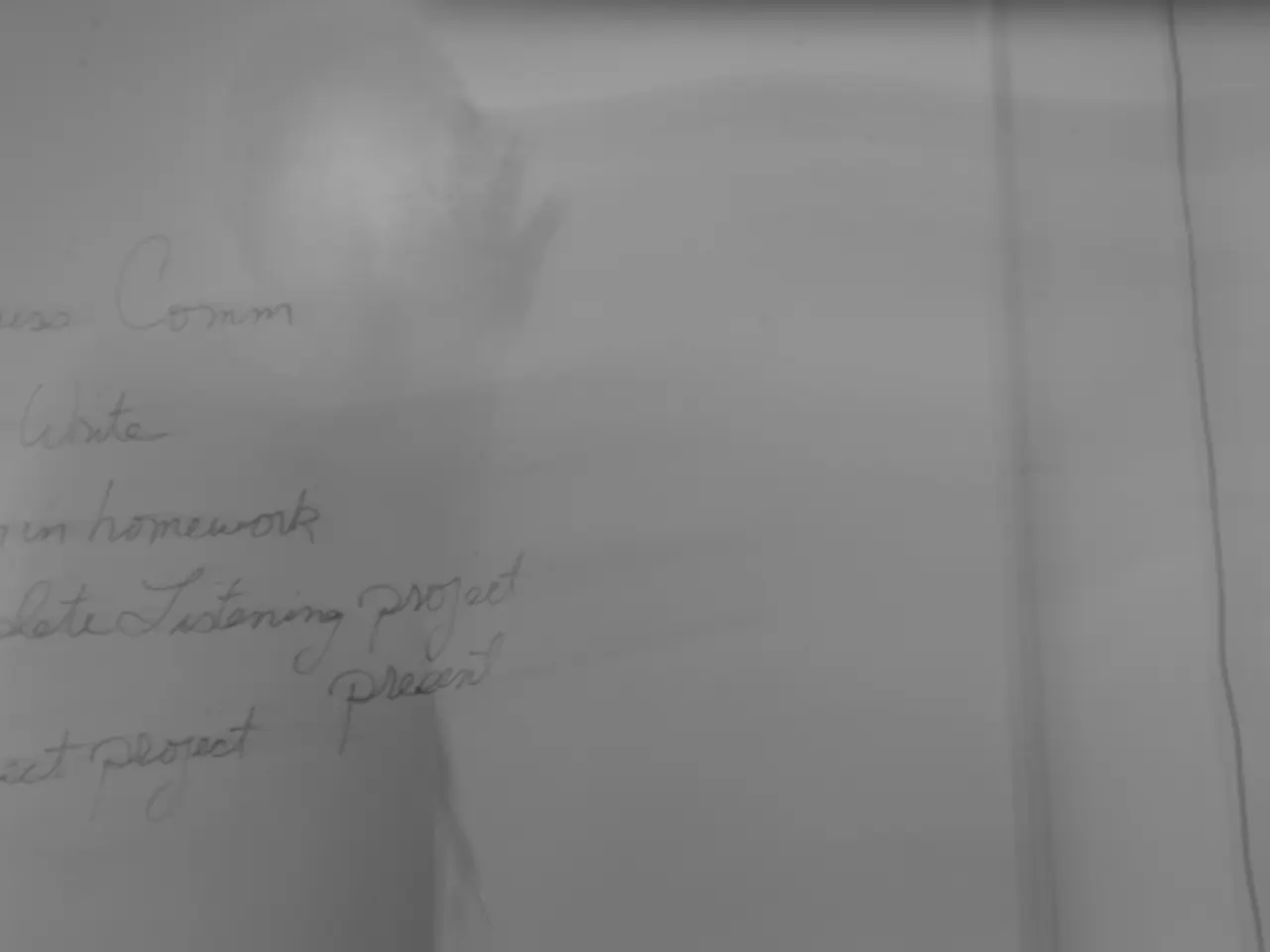Tax revenue collections in Romania, led by ANAF, experience a surge of 12% during the initial half of 2025.
In a significant development, Romania's tax agency ANAF has reported a 12.2% increase in net revenues collected in the first half of 2025, amounting to RON 245.2 billion (EUR 49 billion). This increase surpasses the initial program targets, reflecting more effective tax administration and compliance than previously projected.
The surge in revenues can be largely attributed to the government's intensified efforts to combat tax evasion and increase public revenues as part of a broader fiscal reform agenda. Measures such as depoliticizing and reorganizing key fiscal agencies like ANAF, Antifraud, and Customs, enhancing digitalization, and implementing risk-based inspections have contributed to the improved tax collection efficiency.
The government has also embarked on fiscal consolidation policies, which involve adjustments to Value Added Tax (VAT) rates, increases in excise duties, and taxes on dividends starting from 2026. These reforms and the enforcement efforts collectively contribute to the higher-than-expected tax collections.
However, public perception remains skeptical, with three in four Romanians expressing doubts about the efficient use of additional tax revenues. This highlights a need for transparency and trust-building by the government.
The new ANAF chief, Adrian Nicușor Nica, was appointed by Prime Minister Ilie Bolojan to lead the agency in implementing a fiscal package, fighting against tax evasion, ensuring proper spending of public money, and combating its defrauding. Nicoleta-Mioara Cîrciumaru, the outgoing ANAF president, expressed concerns about potential delays in VAT refunds, excise duty reimbursements, unallocated corporate tax, or amounts due under court rulings but delayed in restitution.
The source of the photo is Peter Williams/Dreamstime.com. The new ANAF leadership was appointed at the proposal of the Minister of Finance. Nicoleta-Mioara Cîrciumaru's statement was cited by Profit.ro.
In the past two years, ANAF has taken steps towards modernization, implementing digital solutions such as the SAF-T system - Standard Audit File for Tax, the RO e-VAT system, and expanding the national e-invoicing system. The first six months of 2025 are the period under discussion for the analysis of ANAF's net revenues.
This paints a picture of robust fiscal management and policy enforcement driving higher tax revenues, aligned with government reform goals but still challenged by public skepticism. The government's 2025-2028 Ruling Strategy aims for increased public revenues through tackling tax evasion and improving state efficiency, signaling a positive performance against the program.
The higher-than-expected revenues collected by ANAF, as reported in the first half of 2025, can be attributed to the government's fiscal reforms that include intensified efforts against tax evasion, digitalization, and restructuring of key fiscal agencies like ANAF and Customs for improved tax collection efficiency. Moreover, the consolidation policies involving adjustments to VAT rates, increases in excise duties, and taxes on dividends collectively contribute to the surge in net revenues.




